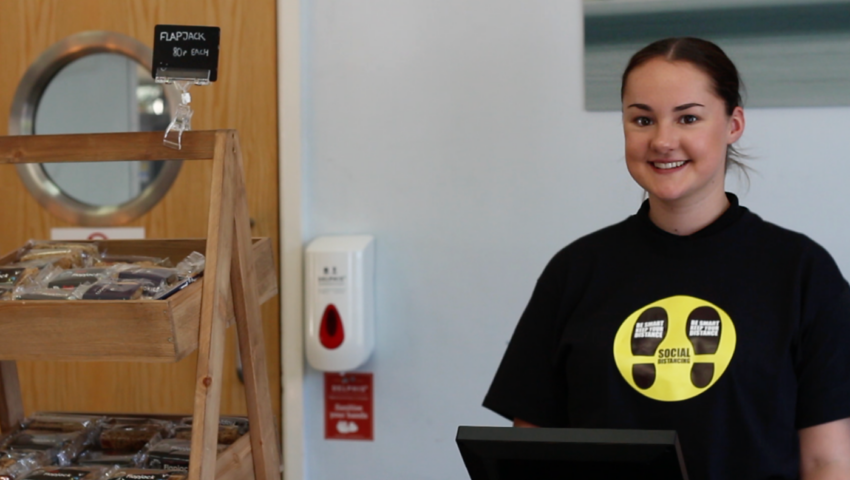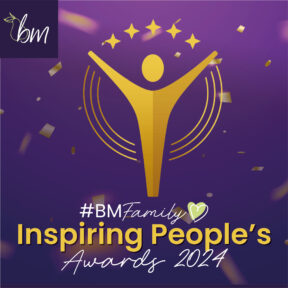Blogs
Observations on the ‘next normal’ in contract catering

The ‘next normal’ is the phrase we’re using to describe the iterative nature of the next 18 months in workplace catering.
At bartlett mitchell, we believe it is unlikely that there will be ONE ‘new normal’.
To understand how the next phases of the pandemic, and the subsequent impact on our business, will evolve, I think it’s important to focus on the human needs that will drive how we behave.
Our ‘hierarchy of needs’
Maslow’s hierarchy of needs provides a powerful and useful model for understanding how we can meet our teams’ and customers’ needs in the ‘next normal’.
In 1943, psychologist Abraham Maslow presented a theory of human motivation. Maslow’s model is a pyramid with five levels. The levels represent five categories of needs from physiological (water, food, shelter), and then climbing through safety, social, esteem and self-actualisation needs. The ‘higher’ needs are dependent on the satisfaction of ‘lower’ needs.
Based on this model, if our ‘lower’ needs are not met, then we’re not in a position to fulfil ‘higher’ needs. Luckily, humans are resilient.
As time goes by, we have quickly worked out how to become sufficient and comfortable with the two basic stages. We’ve found new places to buy and cook food, we wash hands properly and wear PPE and now we’re thinking about socialisation and getting back to work. We learned how to cope and manage.
When lockdown started, we saw positive news headlines. Employers celebrated efficiency from home-working and the surprising speed that video-conferencing was adopted.
The mood is changing
More recently, however, this tone has shifted slightly.
Slow broadband, video fatigue and negative mental health impact from isolation are a few reasons. This suggests once workplace confidence returns, there will be a more general desire to get back to the workplace.
In a recent survey by StarLeaf, it was stated that almost a quarter of young people want to go back to the office immediately, compared with 16% of over 55s.
The post lockdown scenario could be three days working from home on projects and then two days when everyone comes in to the office to collaborate.
While nothing is certain, we are all doing what we can to prepare ourselves for the next phases.
Much of what happens could be triggered by the economy.
What does the future hold?
From the Bank of England economists to futurists, many believe there will be a sharp V shaped recovery. But no one really knows. The Bank of England’s report into the economy features the word ‘uncertain’ 67 times!
Undoubtedly, there will be rapid growth for some sectors, and others will fare less well.
Economist Roger Martin-Fagg (a regular guest speaker at our annual networking evening) says to look beyond the next five months. He believes the economic system’s fundamentals are all set for up to 8.5% real growth next year. The budget is the most expansionary since the war and the fiscal accelerator pedal is flat on the floor.
Everyone is doing the best they can in a world turned upside down.
Our basic human instincts are going to drive what we do, and organisations will need to ensure their workforce is as equipped for the next normal, every time it changes.
Here are our best practices for achieving a successful transition to the ‘next normal’ in workplace catering.
Five strategies for resilient partnerships through Covid-19
1 – Communicate
Ensure all FM Service contractors share ideas and best practice. Share corporate re-opening plans and concerns. As soon as you know your phase dates let contractors know so they can mobilise teams, suppliers and PPE.
2 – Train
All parties must support and police these new health and safety processes.
3 – Attract
Allow caterers a direct communication channel to returning customers. Give them maximum opportunities to attract this potentially reduced audience.
4 – Reassure
Use intranet sites and all communications to reassure customers about the enhanced hygiene factors. Remind that the WHO, EU and UK Food Standards Agency advise that it’s highly unlikely to transfer Covid-19 via food.
5 – Remunerate
Pay the bills on-time. Most caterer’s costs are food and team, both are typically paid in 30 days. Cashflow will be vital to companies large and small.
Read our Expert Guide on the ‘next normal’ here.




